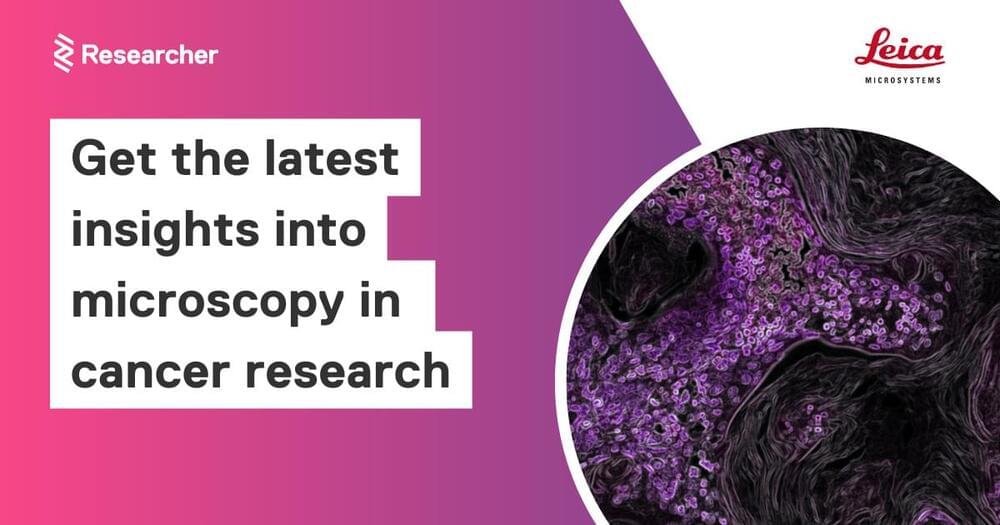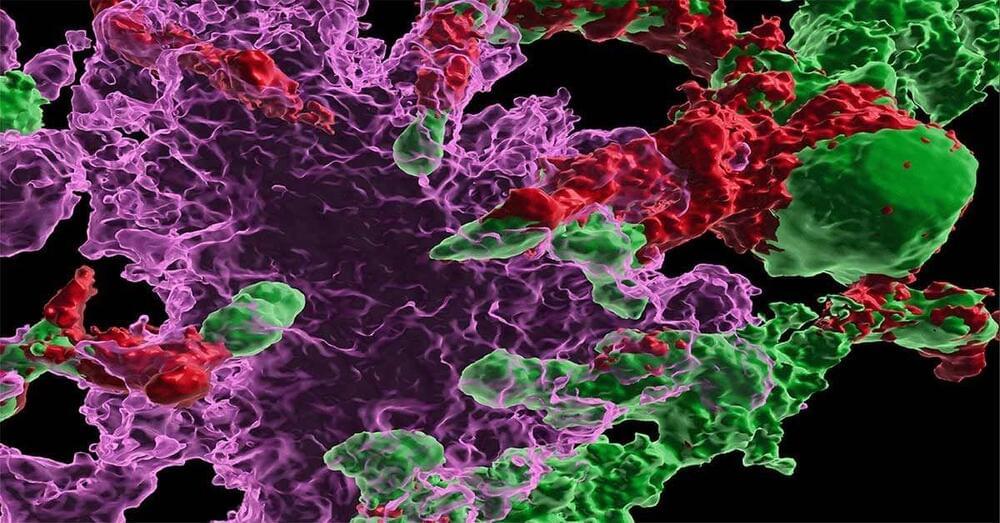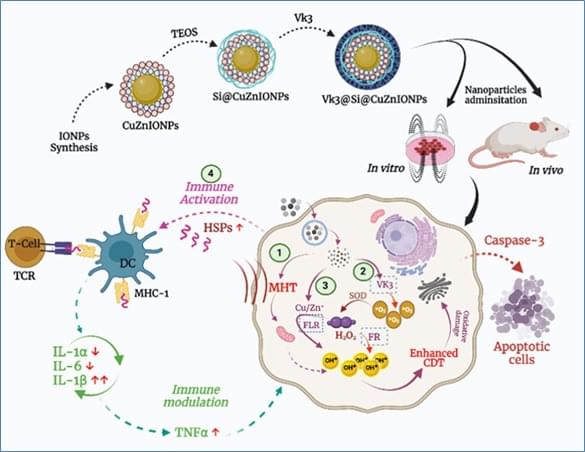Even though we may actually sound more like our recorded voice to others, I think the reason so many of us squirm upon hearing it is not that the recorded voice is necessarily worse than our perceived voice. Instead, we’re simply more used to hearing ourselves sound a certain way.
A study published in 2005 had patients with voice problems rate their own voices when presented with recordings of them. They also had clinicians rate the voices. The researchers found that patients, across the board, tended to more negatively rate the quality of their recorded voice compared with the objective assessments of clinicians.
So if the voice in your head castigates the voice coming out of a recording device, it’s probably your inner critic overreacting – and you’re judging yourself a bit too harshly.









